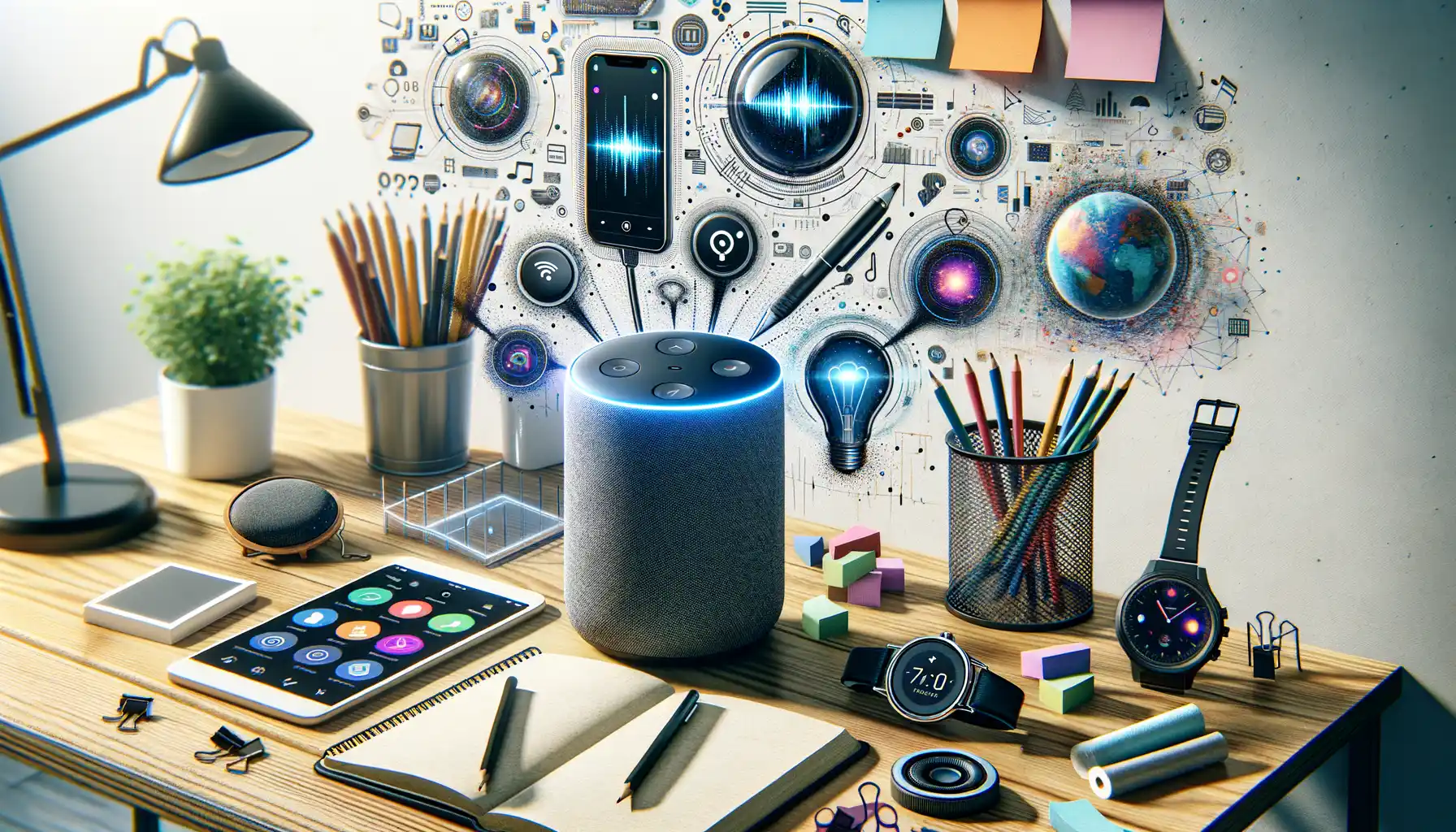Introduction to Audiobook Narration and AI Voice Synthesis
Stepping Into the World of Audiobook Storytelling
Imagine this – you’re cozied up on the couch, the rain gently pattering against the windows, and your favorite story being brought to life in your ears. That’s the magic of audiobook narration. It’s not just reading words; it’s an art form that dances between tone, emotion, and pacing, pulling you deeper into the world of characters and plotlines.
Traditionally, this has been the domain of talented human voices, each bringing their unique flair – the warm crackle of Morgan Freeman’s voice or the gripping intensity of a skilled thriller narrator. But times are changing, fast. Enter AI voice synthesis, a technological marvel turning this craft on its head. From replicating the warmth of a storyteller to mimicking regional accents, AI is proving it can do much more than you’d expect.
- Seamlessly transform written books into audio treasures.
- Offer cost-effective solutions for indie authors and small publishers.
- Customize voices to match the tone of any genre or mood.
Audiobook storytelling has entered a brand-new chapter, and trust me, it’s one filled with wild innovation. Can machines bring stories to life just as beautifully? Let’s dive in.
The Rise of AI in Audiobook Narration
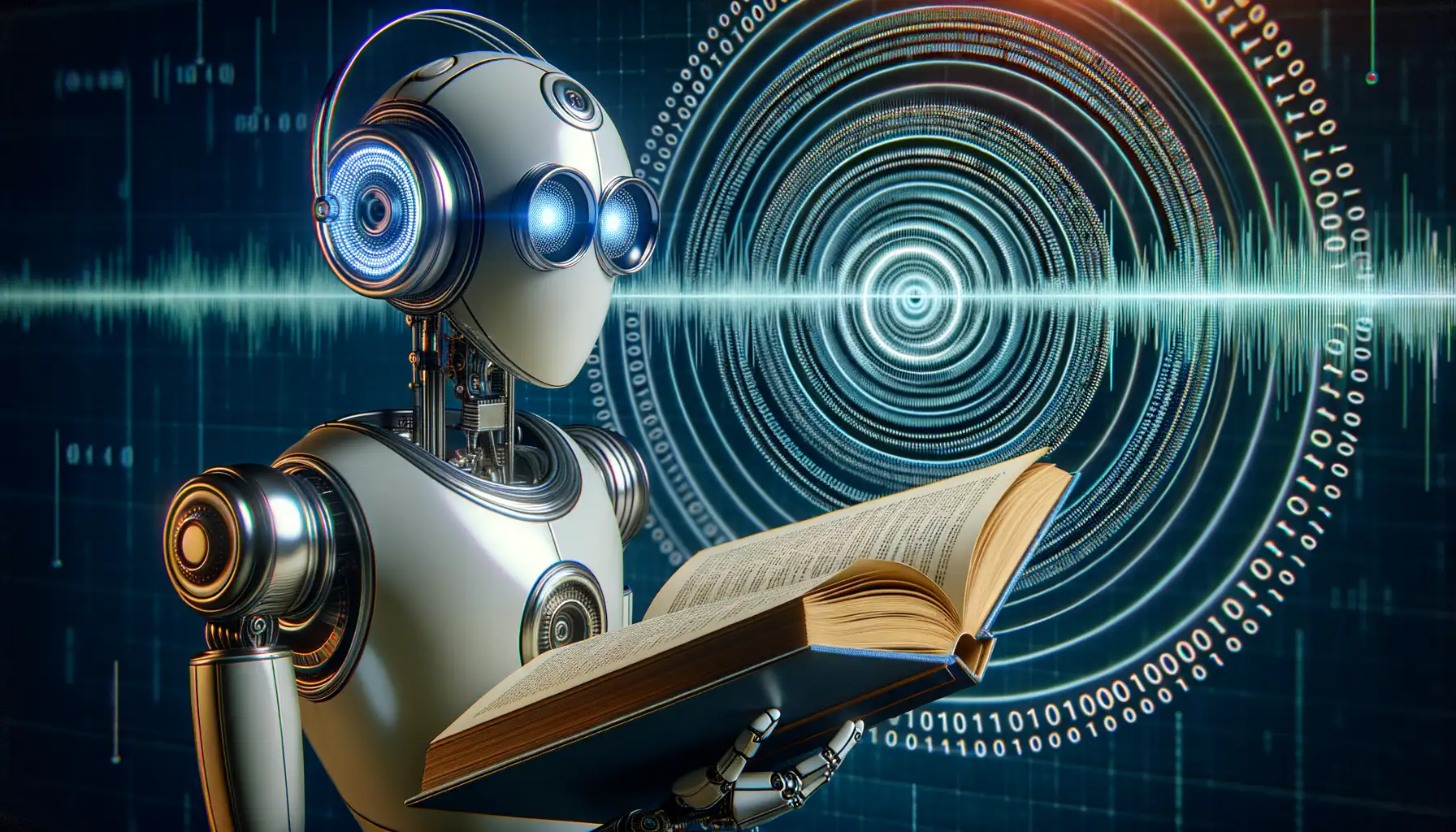
From Page-Turners to Pixel-Perfect Performances
The world of audiobooks is undergoing a seismic shift, and at the heart of this transformation is the rise of AI-powered narration. Imagine this: you’re engrossed in your favorite fantasy saga, and the narrator seamlessly morphs from a gravelly voiced wizard to a soft-spoken elf. That’s no human feat—it’s the magic of synthetic voices taking storytelling to a whole new level.
Why has AI captured the spotlight? It’s not just about cost efficiency (though it helps). It’s about versatility and accessibility. With AI, authors on a tight budget can turn their manuscripts into fully narrated works without breaking the bank. Plus, AI narrators aren’t bound by fatigue or studio schedules—they’re always ready to deliver a crystal-clear performance.
But it’s not all about practicality; there’s an art to this tech. With advancements in emotional intonation and character differentiation, AI narration is inching closer to a truly immersive, human-like experience. Isn’t it thrilling to imagine where this could go next?
Comparative Analysis: Human Narration vs. AI Voices
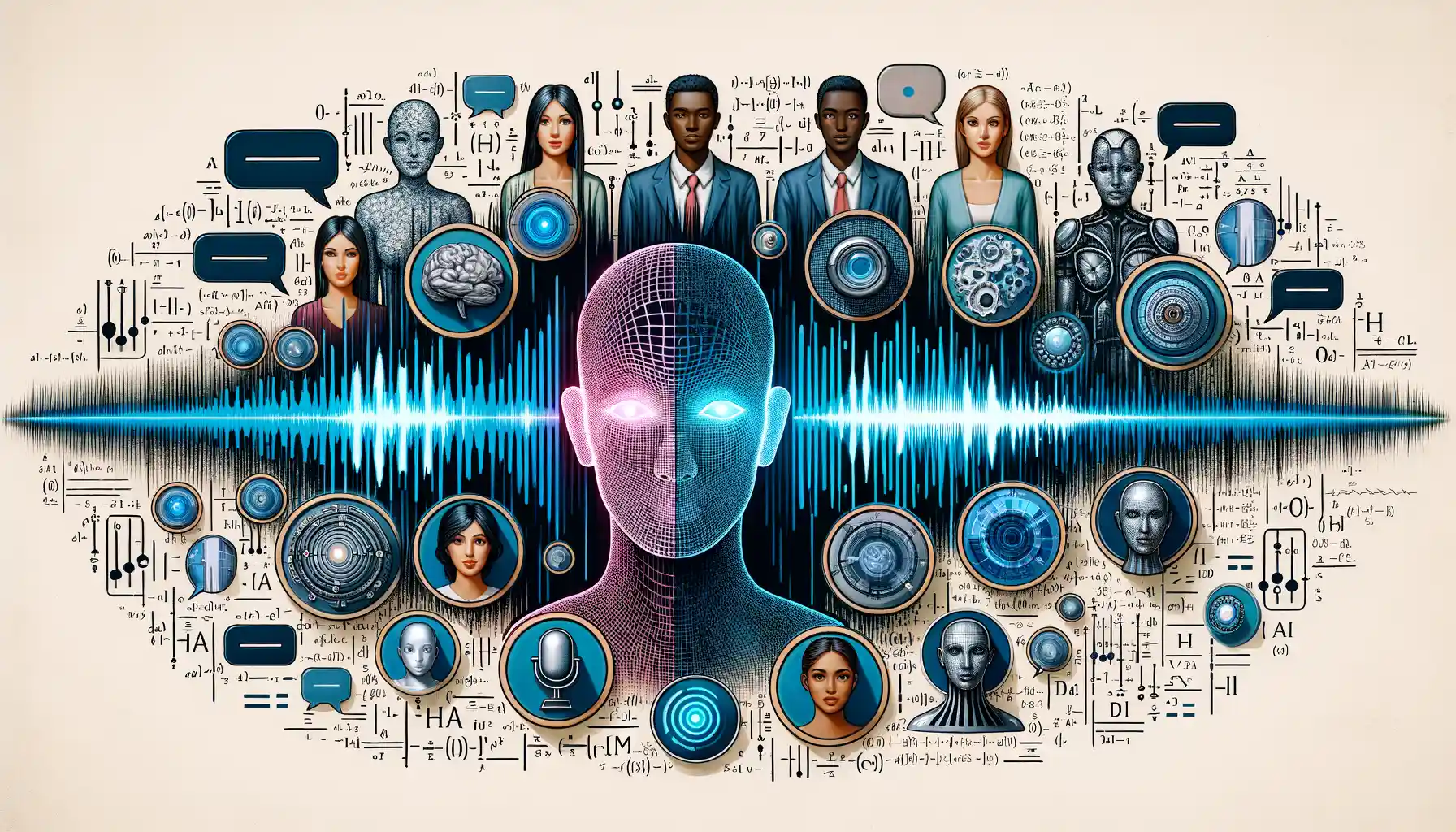
The Soul of Storytelling: Human Touch vs. Digital Precision
When it comes to audiobooks, the voice is *everything*. It’s the bridge between the author’s words and your imagination. A skilled human narrator doesn’t just read a story—they breathe life into it. Picture this: a suspenseful thriller where the narrator’s voice shakes ever so slightly during a high-stakes moment or softens with raw emotion in a heartfelt scene. That’s the kind of magic only a human voice can often deliver.
But AI voices? They’ve become eerily good. In fact, today’s synthesized voices are leagues ahead of their monotone ancestors. With machine learning, they can now mimic accents, adjust tone, and even add pauses for dramatic effect. It’s mind-blowing, but there’s still something missing—call it the “soul factor.”
- Human Narrators: Authentic emotional nuance, improvisational creativity, and unique personal style.
- AI Voices: Consistency, quicker production times, and cost-effectiveness.
So, what would you choose: the warm resonance of a human or the cool perfection of AI? Each has its place depending on your story, your audience, and your priorities. Maybe… it’s not about choosing sides but finding balance.
Technological Innovations Driving AI Voice Synthesis
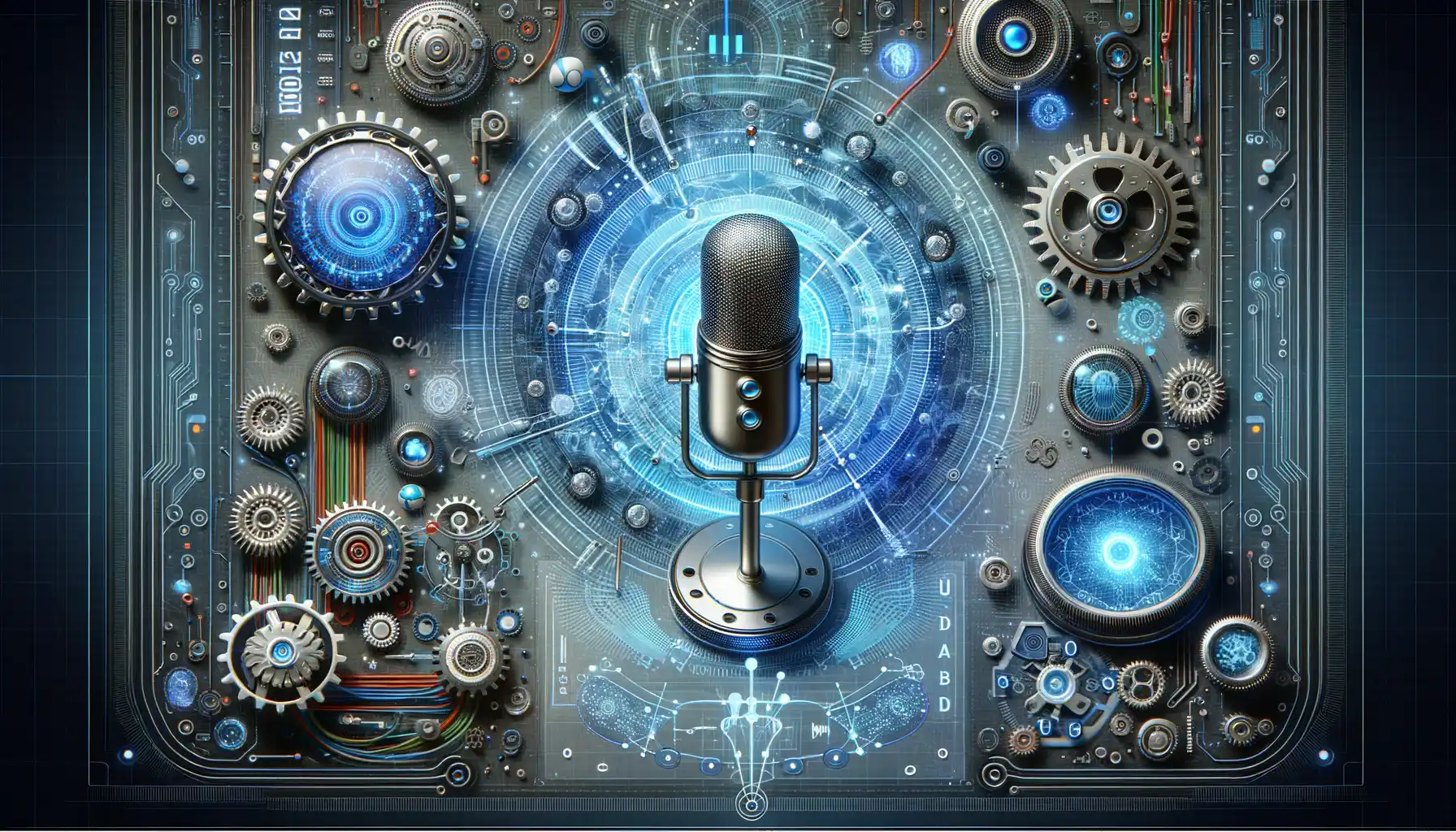
The Revolutionary Tech Behind AI Voices
It’s astonishing what’s happening behind the scenes to make AI voices sound this human. You know that warm, inviting tone of an audiobook narrator? It’s no longer reserved for humans alone. Thanks to breakthroughs like neural text-to-speech (TTS) models, AI can mimic conversational nuances, from subtle pauses to emotional intonations.
The real game-changer here is how sophisticated this process has become. Imagine peeling back the curtain — behind every spoken word, there’s a dance of advanced algorithms and endless data crunching. With innovations like deep learning-based voice cloning, AI systems can craft unique personas or replicate existing ones with stunning accuracy. It’s almost like playing Frankenstein but with voices!
- WaveNet technology by Google builds sounds one step at a time, resulting in eerily natural pronunciations.
- AI emotion mapping is now smart enough to differentiate between a suspenseful whisper and a joyous proclamation.
These technologies aren’t just facts on a screen; they’re transforming the listening experience. It’s personal now. When done right, it feels as though the narrator knows you, speaking like an old friend. Goosebumps, anyone?
Predictions and Future Trends in the Industry
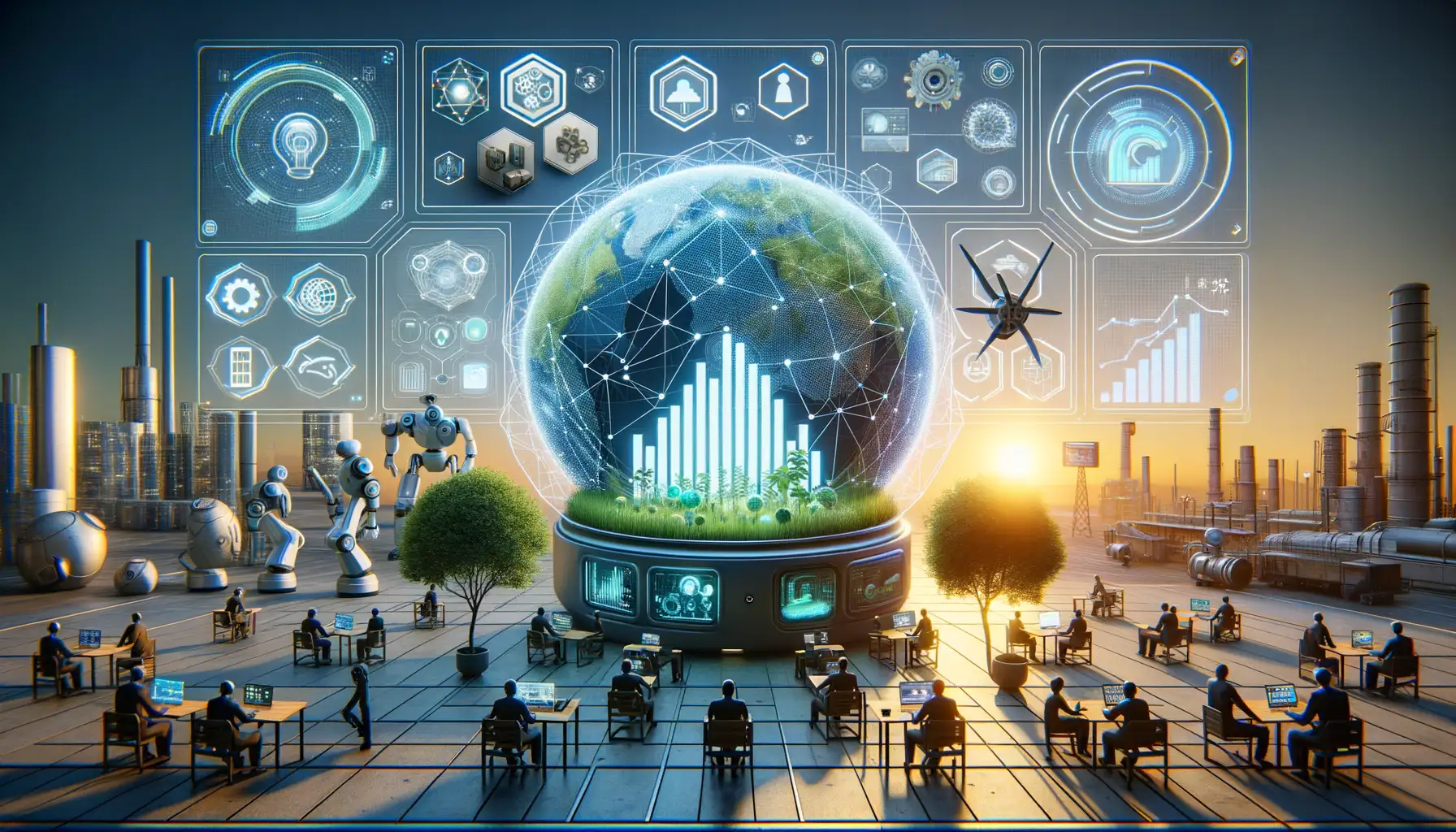
What Lies Ahead: Innovations Shaping Tomorrow
The audiobook and AI voice synthesis industry isn’t just evolving—it’s sprinting forward like a marathon runner with rocket shoes. So, what’s next? Picture a world where audiobooks morph into immersive, interactive experiences. With technologies like 3D audio layering, listeners might soon feel as if they’re *inside* the story—hearing whispers from one ear while footsteps echo in the other.
Expect substantial leaps in personalization too. AI voices are on track to sound even more authentic—and more *you*. Imagine choosing an audiobook narrator that matches your mood: soothing tones for bedtime, or spirited voices for your morning jog. Thanks to rapid advancements in emotional AI, these voices could tailor their delivery based on your preferences or even your facial expressions.
These innovations aren’t just bells and whistles—they’ll redefine the listening landscape. The boundary between human warmth and AI precision is blurring, leaving us wondering if we’ll even notice (or care about) the difference in the end.



